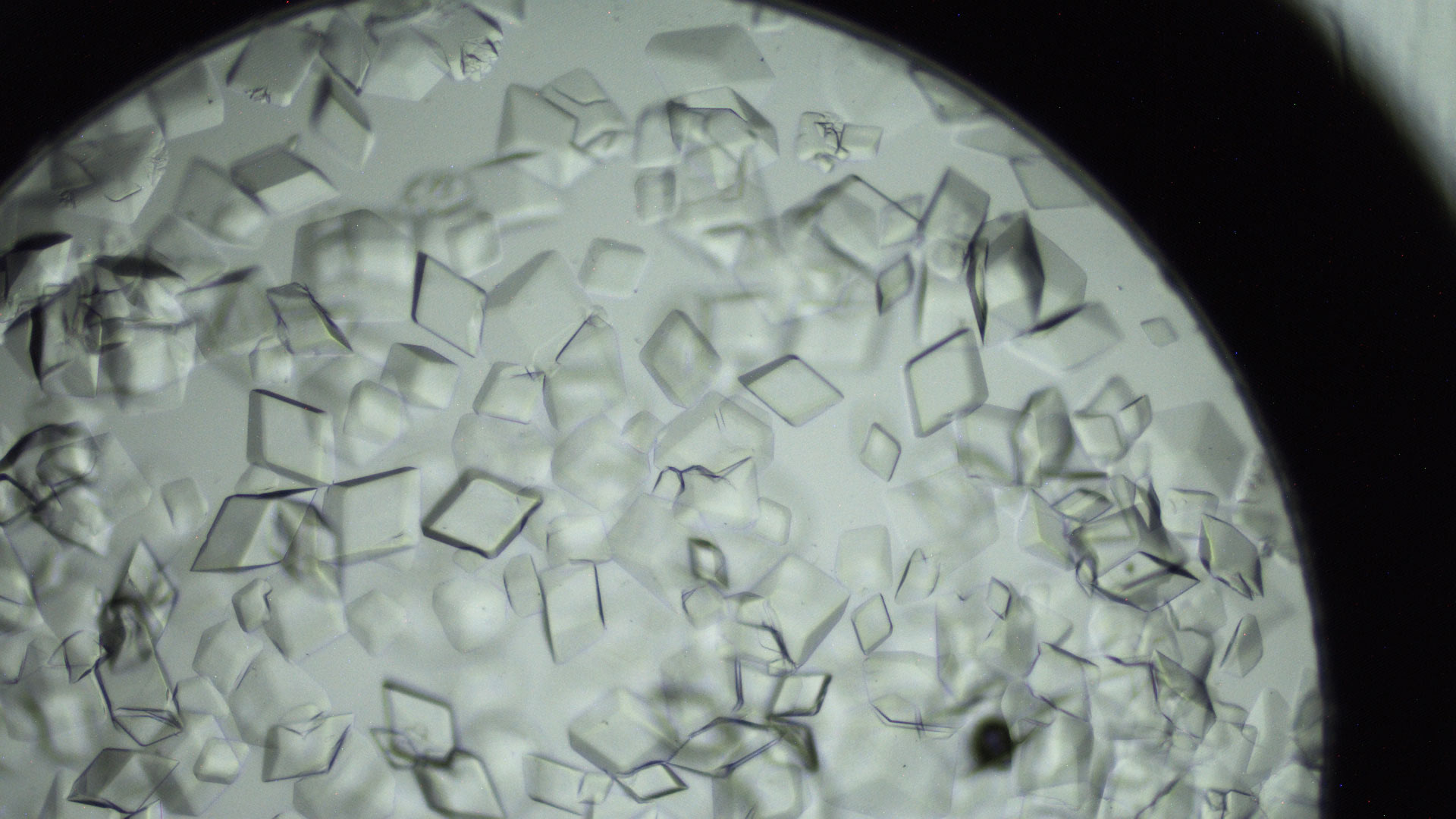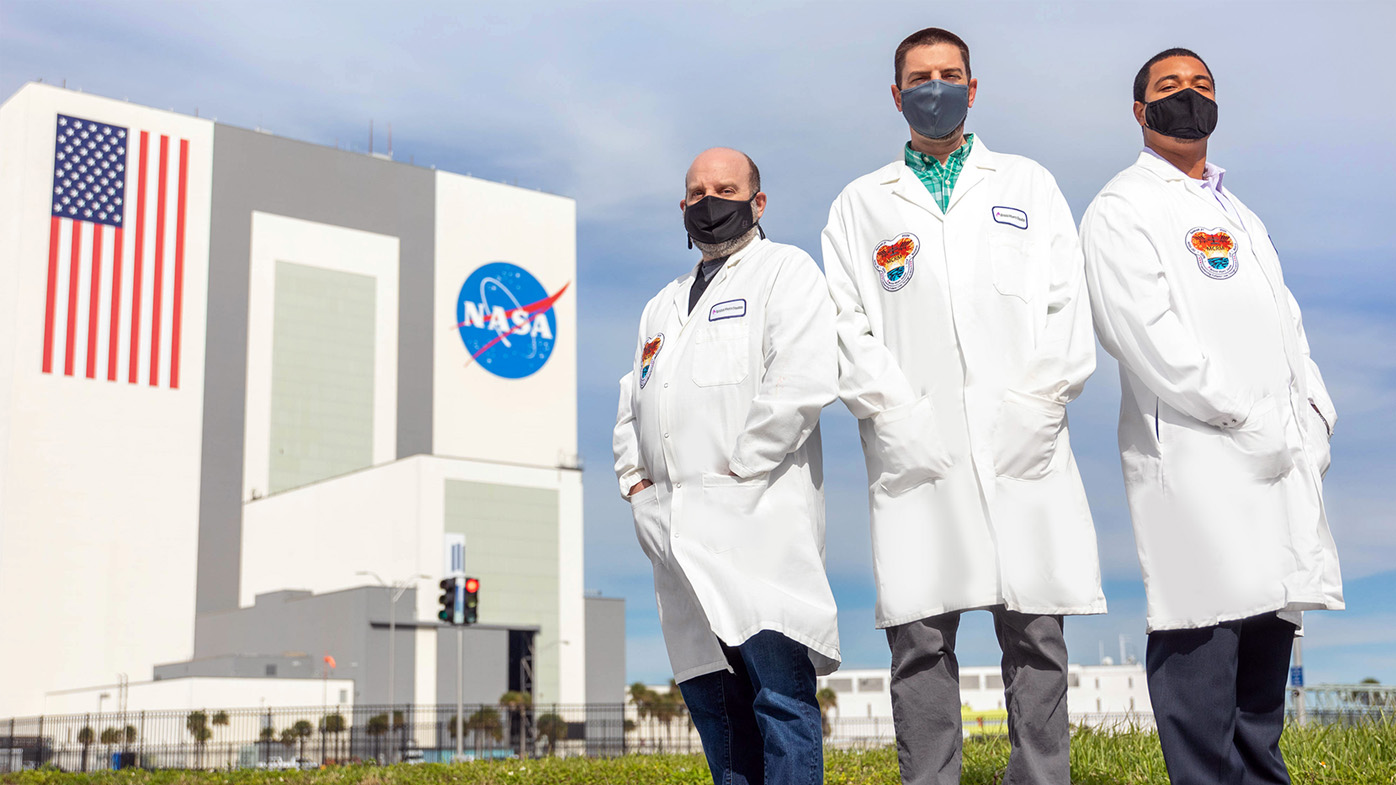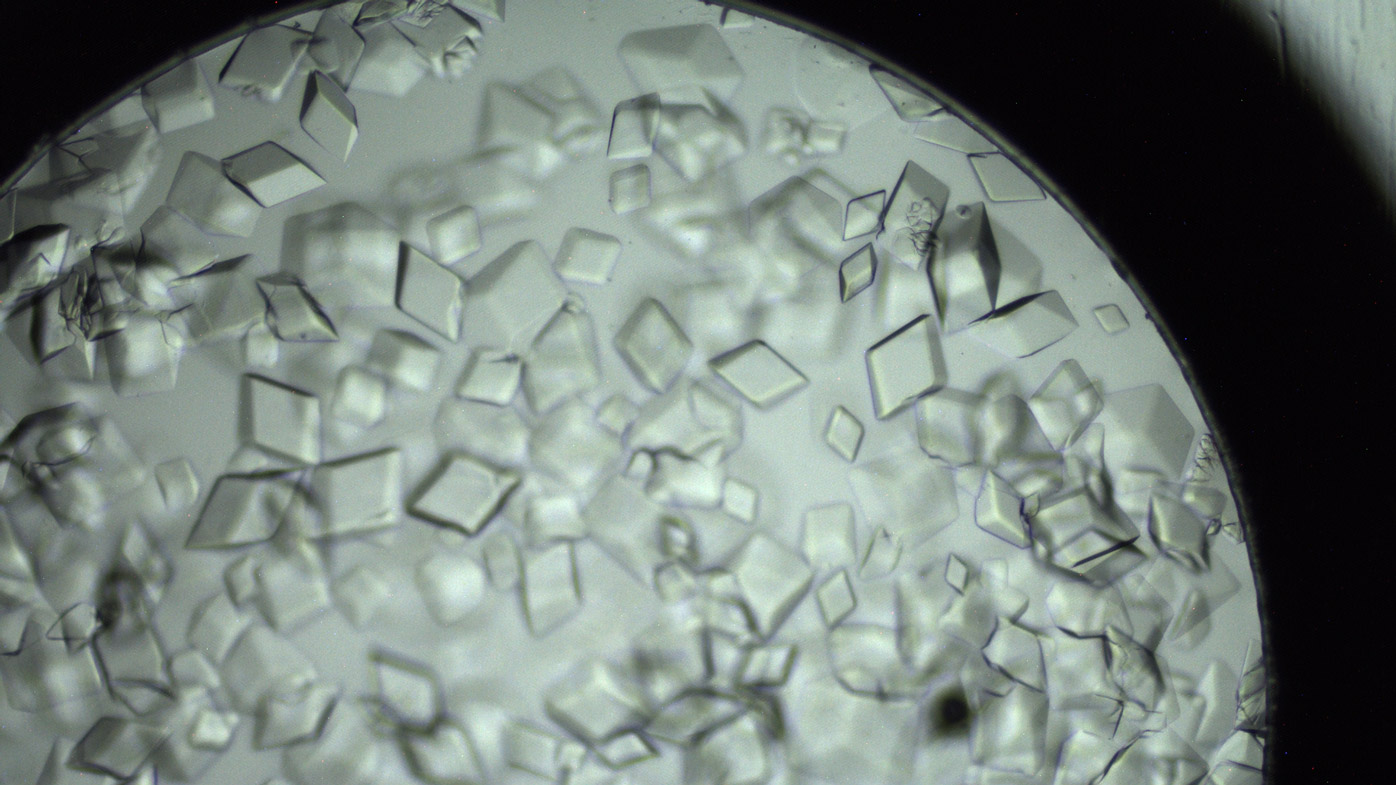In the search for solutions for our patients, sometimes our scientists must think outside the box. For one team, their research has taken them beyond the boundaries of Earth and into space.
This research started in the summer of 2018, when the company responded to a request for proposals from the Center for Advancement of Science in Space (CASIS), a non-profit organization and manager of the International Space Station National Laboratory (ISSNL). That research led to our first mission in 2020.
Potential impact on patients
The objective for our second mission is similar — identify the physical conditions that result in large, high-quality crystals in microgravity, which could lead to a better understanding of how to one day make some of our biologics medicines in crystal form. A crystallized therapeutic could have greater stability and a more concentrated dosing strength.
For patients, that could someday lead to quick, at-home injections versus lengthy, periodic infusions in a hospital or treatment center. For drug makers, if a crystallized protein doesn’t require freezing or refrigeration for storage, and takes up less space, it could offer significant savings for supply chain, while also potentially reducing environmental impact.


